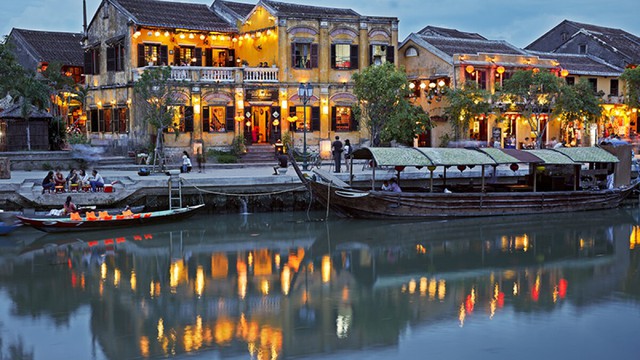Hoi An listed among world’s top 10 safest solo travel destinations
VGP - Hoi An Ancient Town in the central province of Quang Nam tops the list of the safest solo travel destinations in the world, according to Smoky Mountains.

Accordingly, Hoi An has a crime rate of 6.25, much lower than Lima (Peru), which has the highest crime rate at 84.51.
"You don't have to worry about pickpocketing, assault, kidnapping, or harm during your trip. Hoi An is one of those destinations," emphasized Smoky Mountains.
Additionally, Hoi An is also considered one of the cheapest travel destinations in Asia with an average cost for a tourist below US$800 per month.
Earlier, Hoi An was named in the UNESCO Creative Cities Network (UCCN), according to UNESCO's announcement on the occasion of World Cities Day.
It is an exceptionally well-preserved example of a small-scale trading port active the 15th to 19th centuries which traded widely, both with the countries of Southeast and East Asia and with the rest of the world.
The town comprises a well-preserved complex of 1,107 timber frame buildings, with brick or wooden walls, which include architectural monuments, commercial and domestic vernacular structures, notably an open market and a ferry quay, and religious buildings such as pagodas and family cult houses.
The houses are tiled and the wooden components are carved with traditional motifs./.

